24 Oct Lotus Leaf Tea: 6 Miraculous Health Benefits for Mind, Body and Soul
Originating in the serene ponds of Asia, the lotus plant found its home in countries like China, India, and Japan. Its cultivation flourished in aquatic environments, becoming a staple in the cultural and historical tapestry of these regions.
Also known as Nelumbo nucifera, the lotus plant thrives in shallow, still waters like ponds and lagoons. The lotus has an extraordinary attribute – its leaves and flowers emerge above the water surface, while its roots anchor firmly in the muddy substrate below.
The growth cycle of the lotus is a spectacle in itself. From tuberous rhizomes buried in the mud, the plant sends up slender stems that gracefully extend towards the water’s surface. The leaves, often held above the water on sturdy stalks, create a striking display of greenery that can capture the imagination.
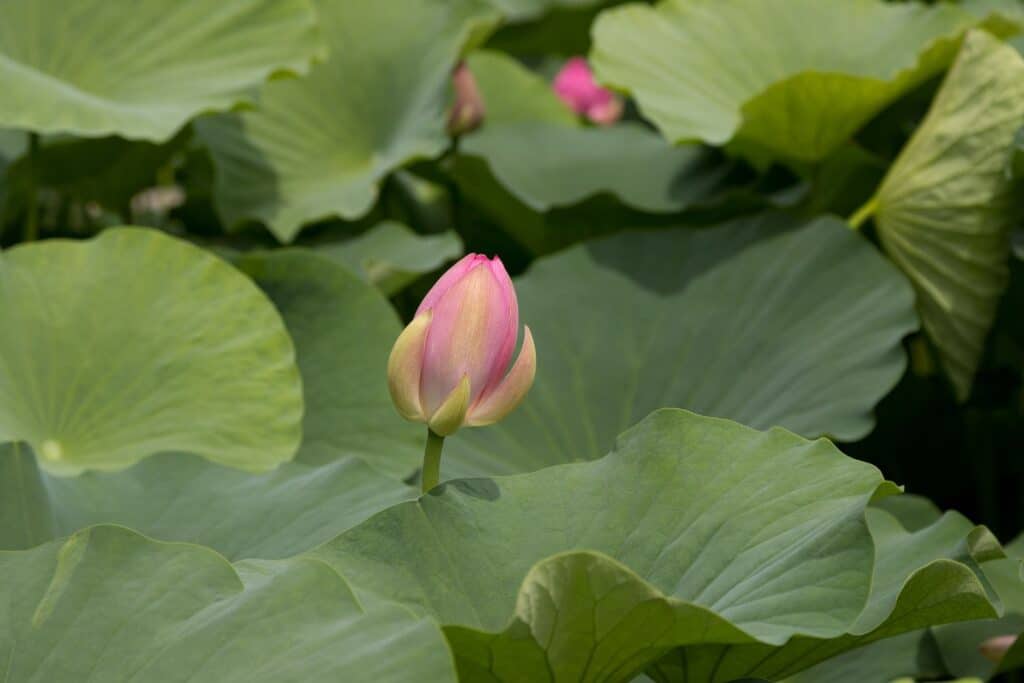
Lotus – The Plant of Enlightenment
This exquisite flower holds profound symbolic meanings cross diverse cultures and religions, weaving its way into the fabric of human spirituality, art, and daily life.
Buddhism:
In Buddhism, the lotus is a symbol of purity, enlightenment, and spiritual rebirth. The analogy is drawn from the lotus’s ability to emerge immaculate from murky waters, representing the journey of the soul towards enlightenment.
Buddha is often depicted sitting or standing atop a lotus throne, emphasising transcendence over the trials of earthly existence. The different stages of the lotus—bud, bloom, and seedpod—are used to symbolise various aspects of spiritual development.
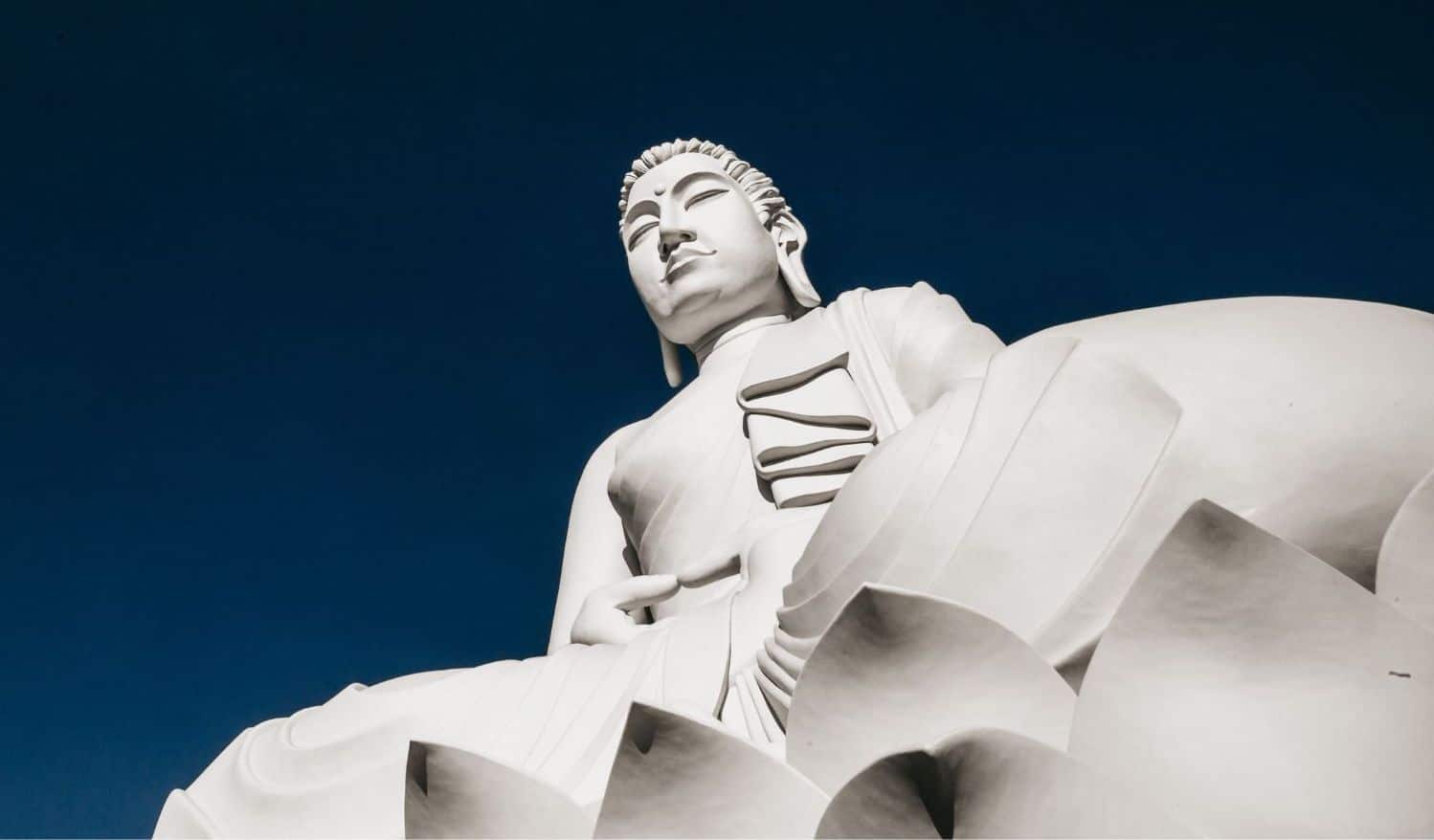
Hinduism:
In Hinduism, the lotus is closely associated with several deities. The goddess Lakshmi, a symbol of wealth and prosperity, is often depicted seated on a fully bloomed lotus.
Brahma, the creator, is believed to have emerged from a lotus that grew from Lord Vishnu’s navel. This association underscores the idea of creation and divine purity.
Egyptian Culture:
The lotus has deep roots in ancient Egyptian culture. Symbolising creation, rebirth, and the sun, it was a sacred flower linked to the sun god Ra.
Lotus flowers were often depicted in religious art and were used in rituals and ceremonies. Additionally, the blue lotus (Nymphaea caerulea) held medicinal and psychoactive significance in ancient Egyptian culture.
Chinese Culture:
In China, the lotus is a symbol of purity, beauty, and grace. It is also associated with harmony and prosperity. The unfolding petals of the lotus are seen as a representation of the gradual unfolding of one’s potential.
Lotus motifs frequently appear in Chinese art, literature, and architecture, emphasising its enduring cultural significance.
Which Parts of the Lotus Plant Can Be Consumed?
Beyond its ornamental beauty, the lotus plant offers edible components that have been incorporated into culinary traditions for centuries.
Lotus Seeds:
Found within the seedpod of the lotus flower, lotus seeds are a popular and nutritious snack in Asian cuisine. They can be consumed raw, dried, or cooked and are often used in both sweet and savory dishes.
Rhizomes:
The rhizomes, or underground stems, are also harvested for culinary use. These tuberous structures are starchy and have a mild, nutty flavor. They are commonly used in soups, stews, and stir-fries.
Leaves:
While the leaves are not typically consumed directly, they play a vital role in the preparation of lotus leaf herbal tea. The dried leaves are steeped to create a mild and aromatic infusion, celebrated for its cultural significance and potential health benefits.
Flowers:
In some culinary traditions, lotus flowers are used as a garnish or ingredient in salads, teas, or desserts. The petals are known for their delicate flavor and visual appeal.
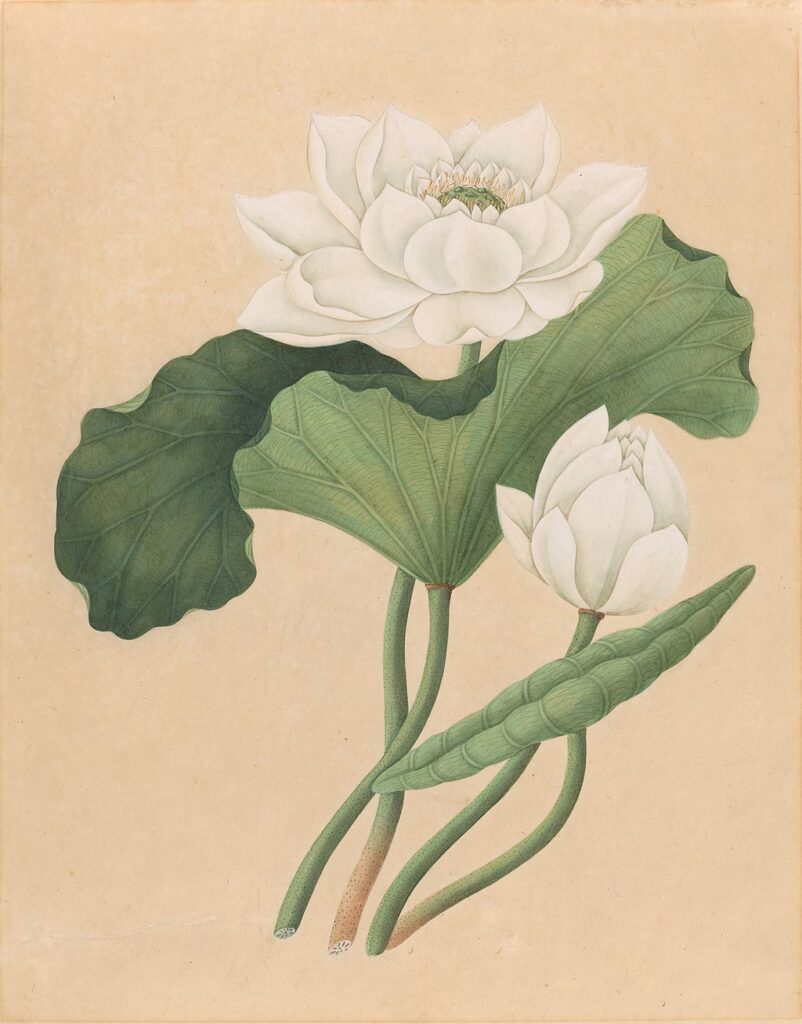
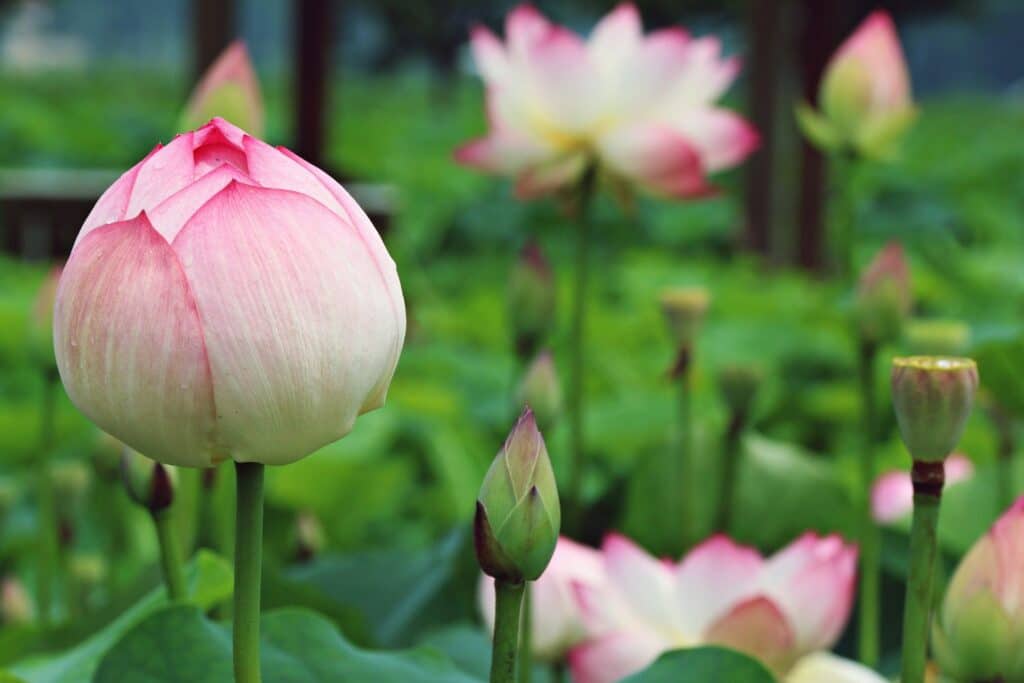
How Big Do the Leaves Get?
The lotus leaves are among the most distinctive features of the plant, and they exhibit a remarkable size.
The leaves can grow to impressive diameters, reaching up to two feet or more in some cases. These leaves are circular in shape, with a slightly upturned edge that enhances their ability to repel water.
The size and structure of lotus leaves contribute not only to the plant’s aesthetic appeal but also to its functional adaptation to the aquatic environment.
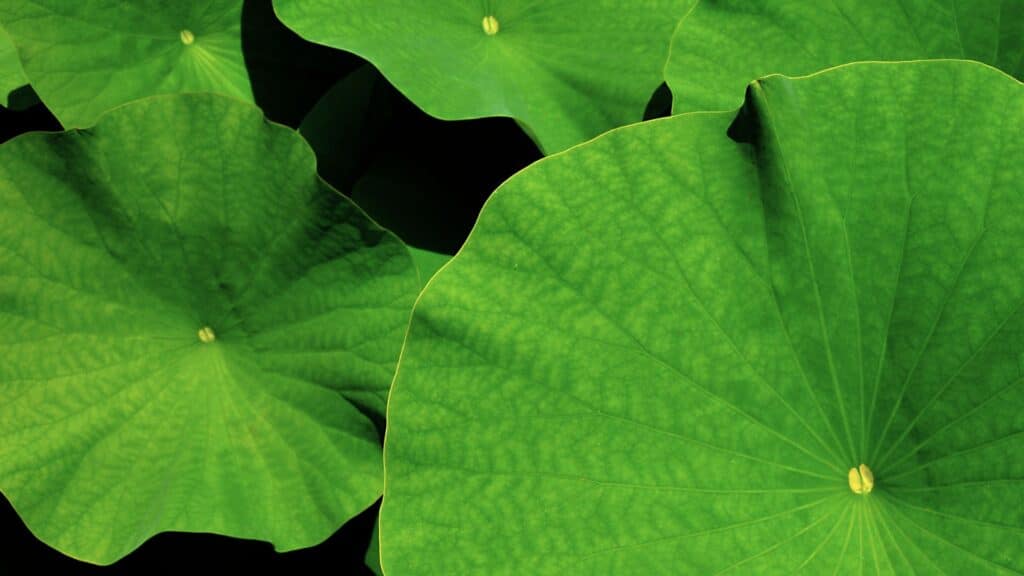
Lotus Leaf Tea Harvest
Abounding in antioxidants and possessing anti-inflammatory attributes, lotus leaves are typically harvested during the warmer seasons of summer and autumn, the leaves are meticulously dried in the sun, subsequently being chopped for preservation.
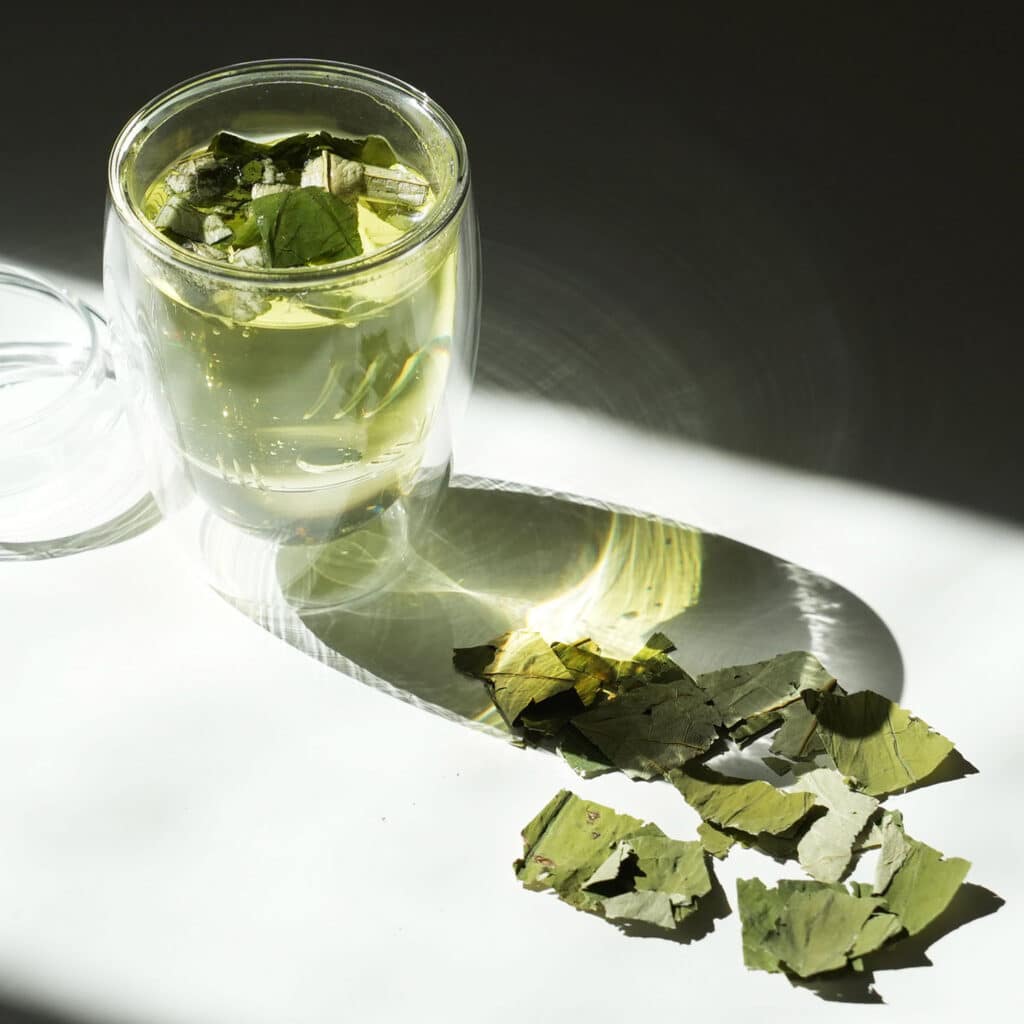
Lotus Leaf Tea Health Benefits
Throughout history, it has been used as a natural remedy for various health issues, particularly in enhancing the body’s healing processes and maintaining robust health. Let’s delve into the benefits that Lotus leaf tea can bring to our body, mind and soul:
1. Weight Management
Metabolic Boost:
Lotus leaf tea is believed to have thermogenic properties that may help boost metabolism.
A recent study on lotus leaf extracts indicated that some compounds in lotus leaves may influence the breakdown of fats in the body.
Diuretic Effect:
The tea’s diuretic properties may assist in reducing water weight, offering a potential benefit for those on weight loss journeys.

2. Stress Reduction
The lotus plant contains various phytochemicals, including alkaloids, flavonoids, and polyphenols.
These compounds have been studied for their potential effects on the central nervous system, and some may have relaxing or anti-anxiety properties.
Moreover, Lotus tea has a subtle and pleasant aroma that can have a soothing impact on the senses and can even help promote sleep.

3. Cholesterol and Blood Pressure
Cholesterol Regulation
Some studies suggest that lotus leaf may have a positive impact on cholesterol levels, potentially helping to maintain a healthy lipid profile.
Blood Pressure Management
Preliminary research indicates that lotus leaf extract may have vasodilatory effects, contributing to the regulation of blood pressure.

4. Digestive Health
Traditionally, lotus leaf tea has been used to support digestive health. It may help alleviate symptoms such as bloating and indigestion, promoting a more comfortable digestive experience.

5. Detoxification
Lotus leaf is thought to have detoxifying properties, helping the body eliminate harmful toxins. This cleansing effect may support overall well-being.

6. Anti-Inflammatory and Antioxidant Effects
Reduction of Inflammation
Compounds found in lotus leaves may possess anti-inflammatory properties, which can be beneficial for individuals dealing with inflammatory conditions.
Antioxidant Defense
Lotus leaf tea contains antioxidants that help neutralise free radicals in the body, potentially reducing oxidative stress.

Side Effects
While lotus leaf herbal tea is generally considered safe for most people when consumed in moderation, however we recommend to avoid or consult your GP if:
– you are pregnant or breastfeeding
– taking prescription medications, especially those affecting blood pressure, blood sugar, or blood clotting
– suffer from low blood pressure (hypotension)
– have pre-existing liver or kidney conditions

Lotus Leaf Tea: Blossoming Health
In conclusion, the lotus, revered for its cultural richness and symbolic resonance across Asia, emerges not only as an artistic muse but also as a vessel of well-being.
Its cultural importance, woven into the tapestry of enlightenment and purity, stands alongside the potential health benefits of lotus leaf tea.
As we sip this ancient elixir, we not only partake in a tradition steeped in history but also embrace a holistic approach to health, echoing the wisdom of generations past.
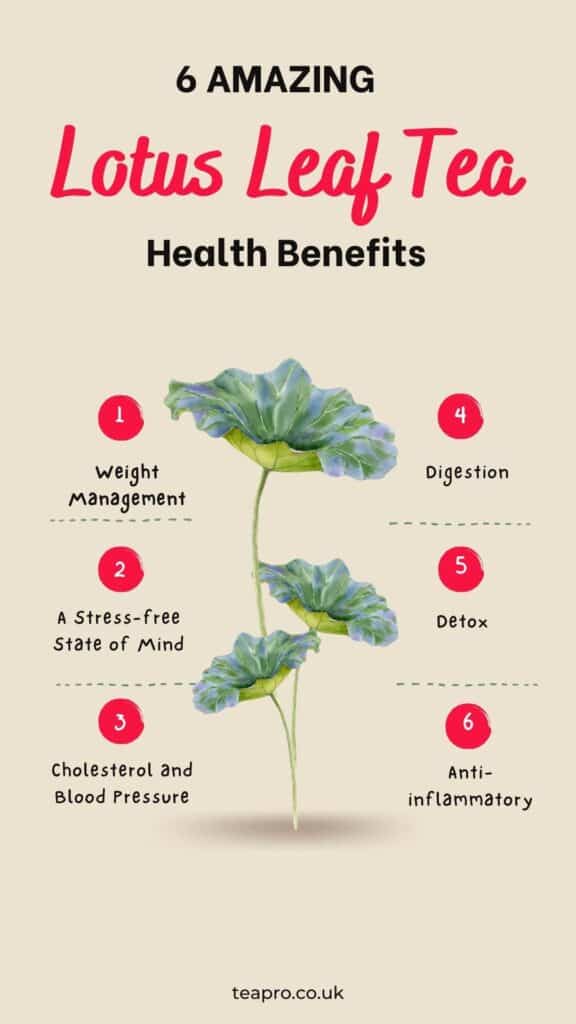

A cup of butterfly pea tea a day keeps the doctor away. Communication and Media Student. I cook, dance, travel and watch a lot of films and musicals.
- November 12, 2023
- November 9, 2023
- October 18, 2023
- August 14, 2023

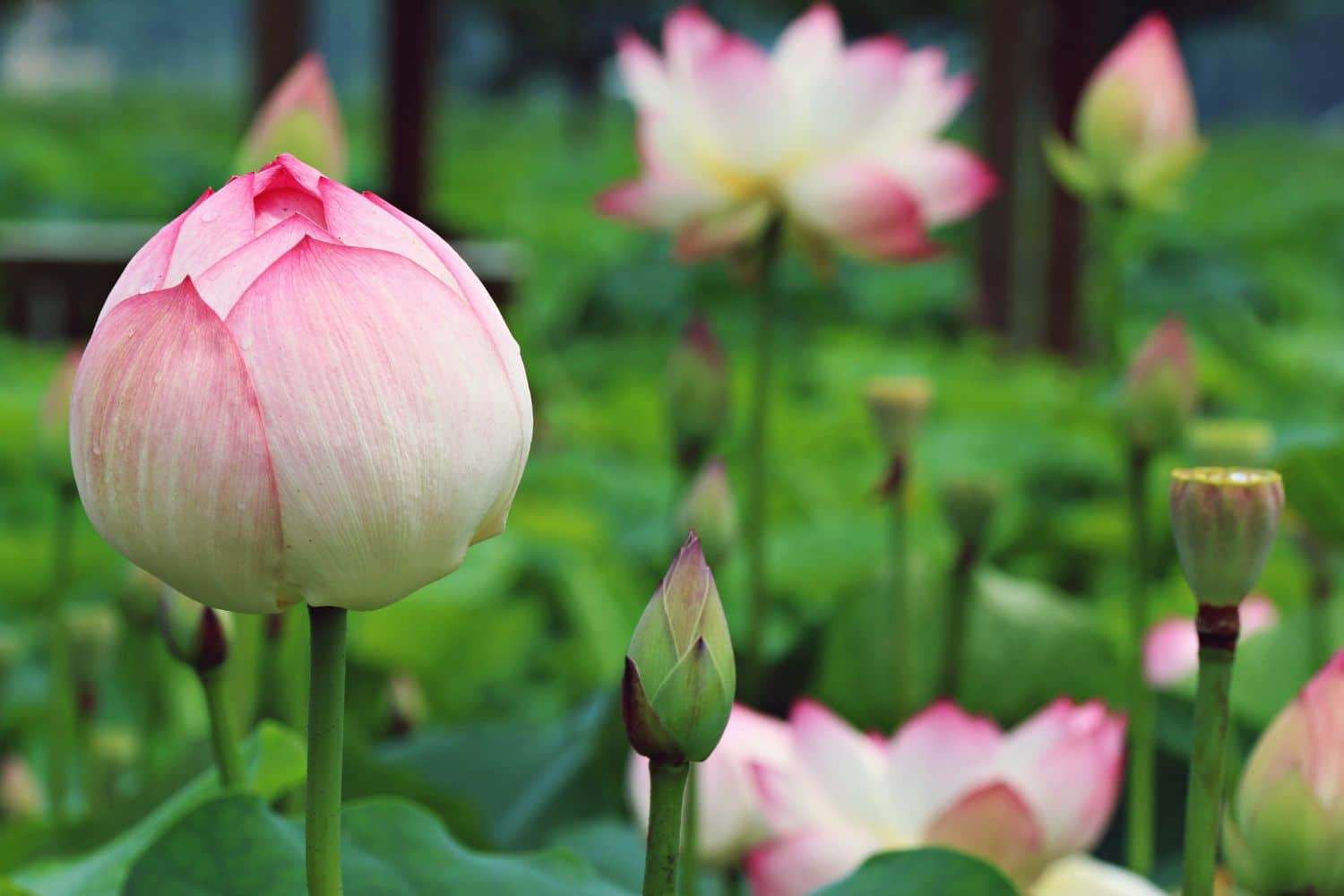
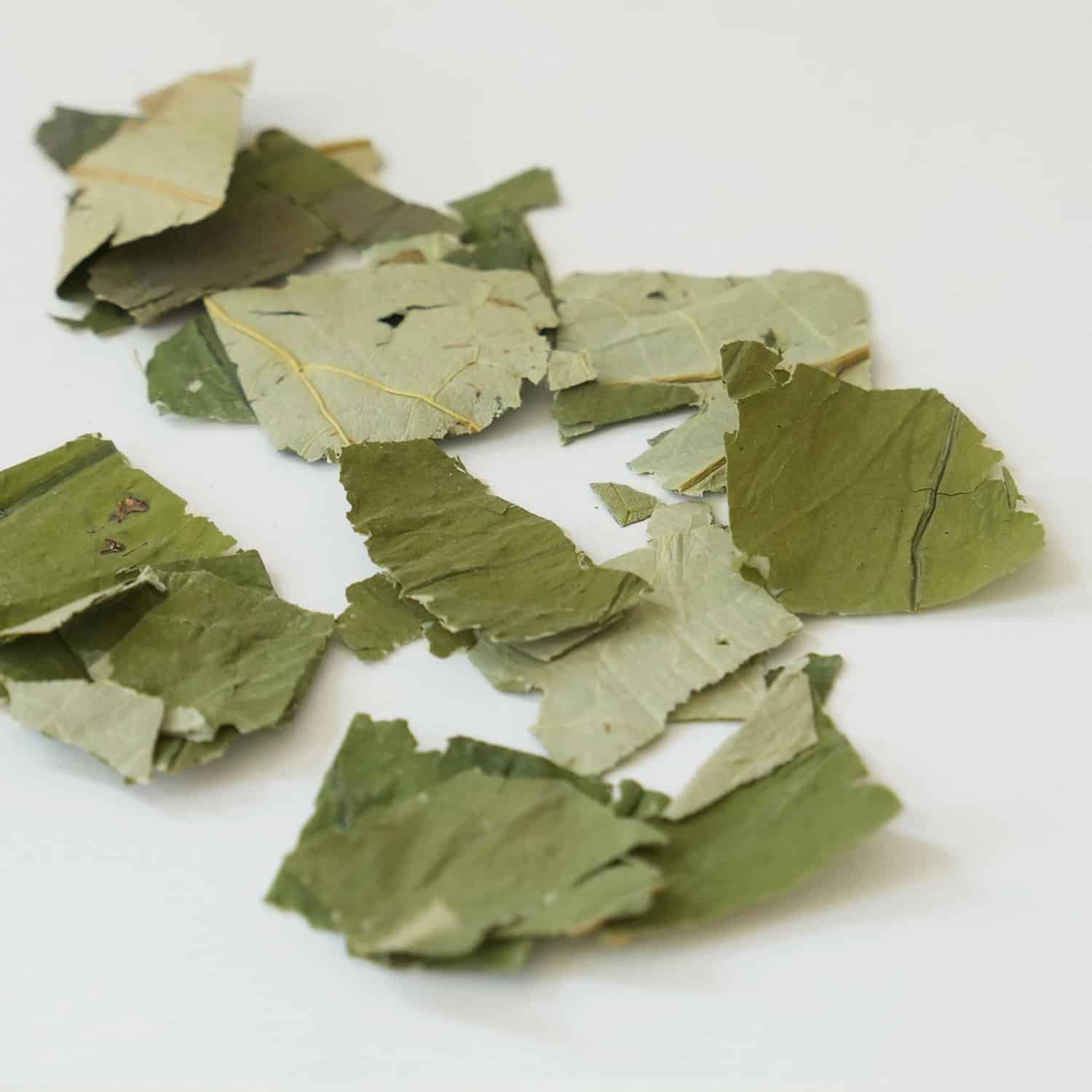




No Comments